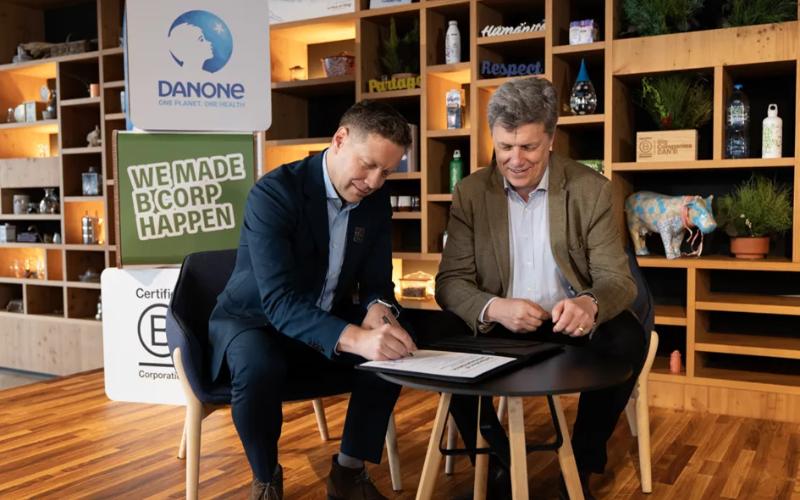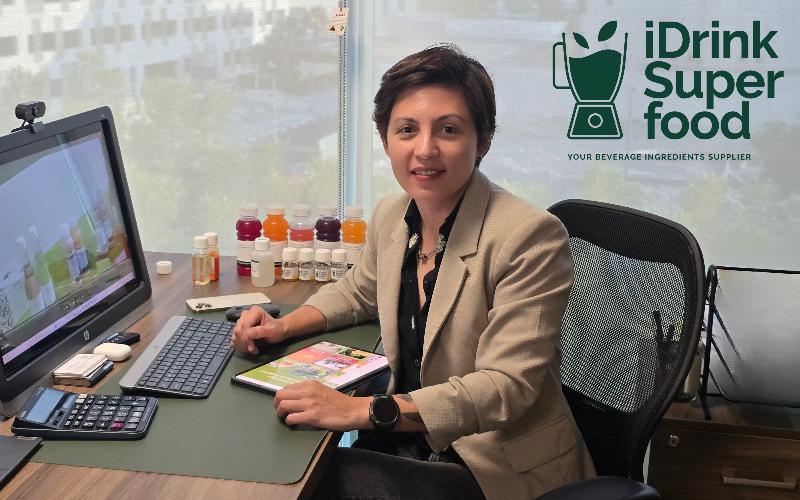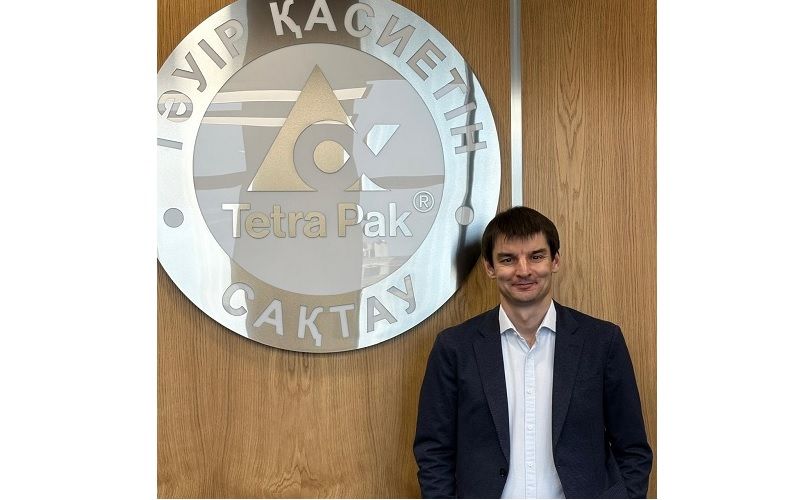The Advancement of Automation in Dairy Farming

Running a dairy farm was traditionally a hands-on experience, necessitating constant involvement fr om the farmer to manage tasks such as milking, feeding, and basic veterinary care. However, the introduction of milking machines in the early 20th century sparked a wave of automation, allowing a single farmer to manage up to a hundred cows by the century's end. An article in IEEE Spectrum further explores this trend, particularly the innovation wh ere cows can milk themselves in an on-demand style.
The article highlights Dutch company Lely and its recent advancements in dairy robotics, which include self-milking robots and a manure cleaning robot resembling a large Roomba. Given the labor-intensive and low-margin nature of dairy farming, any automation that enhances efficiency is welcomed, with Lely’s robots receiving generally positive feedback. Cows, known for their intelligence, willingly use self-milking robots when their udders need emptying, saving farmers several hours daily as the robots also handle cleaning tasks.
Reflecting on other tasks, a genuine Dutch dairy farm girl expresses skepticism about robots taking over duties like stable cleaning, a task traditionally done by farmers' children. Unless these robots become affordable and low-maintenance, the fully automated dairy farm remains a distant prospect. However, reducing workloads and improving cow happiness are indeed admirable objectives.











